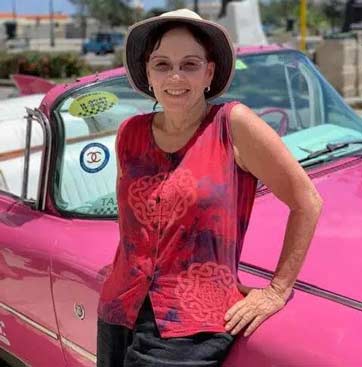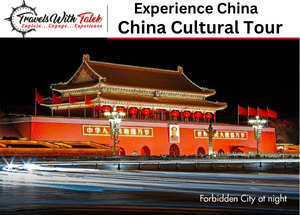Capital of Culture is a title that European cities vie for. Being awarded this important title ensures the city’s brand is enhanced. A relatively low profile city on the tourism circuit can suddenly be elevated to the status of “must-visit.” Tourism then increases and the accompanying tourism jobs follow. The European Capital of Culture is an important assignation and the cities that receive it are definitely worth a visit.
In this last part of our series on European Capitals of Culture, we focus on the following cities: Maribor, Marseille, Košice, Riga, Umeå, Mons, Plzeň, San Sebastián, Wrocław, Aarhus, Paphos, Leeuwarden, Valletta, Matera, and Plovdiv.
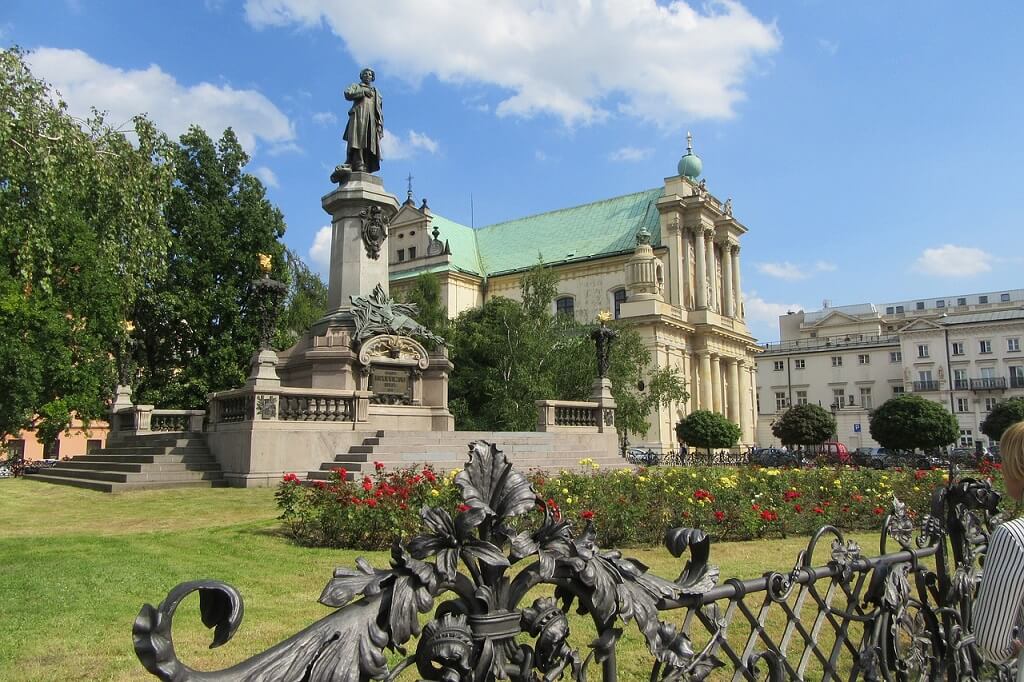
European Capitals of Culture – 2012 to 2019
Table of Contents
ToggleMaribor, Slovenia – 2012
Only about 100 km from Ljubljana, the capital of Slovenia, Maribor is known for rich historical and cultural sights, wine tradition, topmost arts, numerous events, music concerts, literary and artistic gatherings and more.
One of the most historical symbols is the Maribor castle, located right in its center and surrounded by squares. The castle boasts several styles and rich interior design. Now, it is home to the Regional Museum of Maribor that presents an impressive collection of artifacts from around the area. In the city, there is a famous 13th-century church of St. John the Baptist, the remains of a town wall and number of other monuments.
The Lent area is the oldest part of the city, also the center of attention when festivals and events take place, including summer festivals, the Pruning of the Vine and St Martins Day. Lent Festival is the largest outdoor festival in Slovenia and includes music, dance, street theatre and comedy events. In the Lent area, you will also see the Jewish part with the Synagogue, Jewish Square and the Jewish Tower.
Those who like museums will find the National Liberation, Regional and Photography Museums. Also, various galleries can be visited, including the Maribor Art Gallery, the Stolp Photography Gallery and the Multimedia Gallery.
The largest artistic institute in Slovenia is the Slovene National Theatre that holds opera, ballet and concerts.
If you have a car it is easy to reach Maribor from Ljubljana. If you want to know how to rent a car in Ljubljana read this guide.
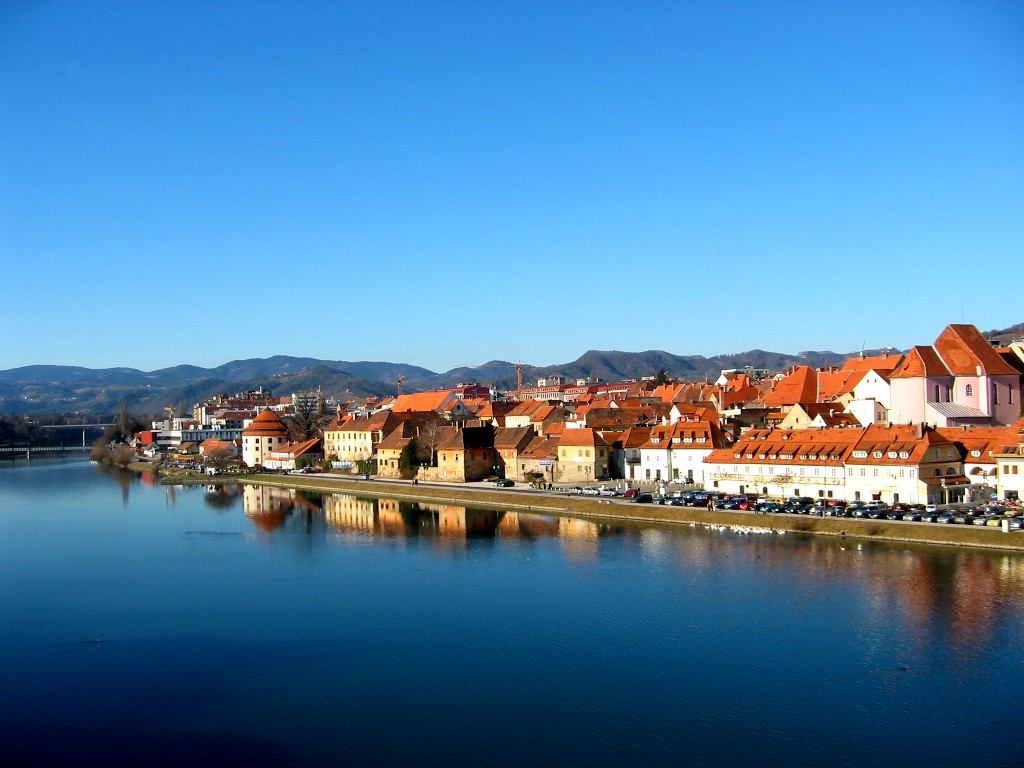
Leandro Aguilar blogs at Safari Nomad.
Marseille, France – 2013
Marseille is the second largest city in France and in my eyes, undoubtedly a capital of culture. Whilst I spent a year studying in Lyon, I visited Marseille time and time again, fascinated by its incredible history, stunning architecture and close proximity to some incredible natural getaways.
The Basilique Notre-Dame de la Garde -often seen as the symbol of Marseille- is representative of the city’s long history. The first chapel was build on the hill of Notre-Dame de la Garde in the 13th century, however it has had a long and varied history, even serving as a prison for a short period during the 18th century. The Basilique Notre-Dame de la Garde situated at the highest point in the city and is an excellent place to visit to learn about Marseille’s medieval history and bask in the best panoramic views of the city.
The old port of Marseille is also a centre point of the city’s lively culture. It has served as a trading port since 600BC when Greek settlers arrived from what’s now known as Turkey. Today, the port is lined with bustling shops, restaurants and cafés where you can stop by for crêpes, souvenirs, glasses of sweet French ciders and more. It’s also the location of Marseille’s daily fish market (Le Marché de la Pêche) every morning from 8am to 1pm. The old port is also the place to go for day trips to Chateau d’If and the Calanques National Park (my favourite place on earth next to none!)

Natasha Welch blogs at World Inside My Pocket.
Košice, Slovakia – 2013
Košice is a beautiful city in the far east of Slovakia and is a real hidden gem. Just as Brno in the eastern Czech Republic sees far fewer tourists than beloved Prague, most visitors to Slovakia don’t venture far beyond Bratislava and never make it this far east. This is a real shame, because Košice is just as lovely as Bratislava, if not more so, and offers a more authentic Slovakian cultural experience.
Most of the attractions lie along the main street, called “Hlavná Ulica” in Slovak. Hlavná Ulica is completely pedestrianized and is a cross between a narrow main square and a wide main street. It’s a joy just to stroll along it from one end to the other and admire the medieval and Baroque architecture, perhaps stopping in at one of the many cafés along the way.
Be sure to not to miss the St. Elizabeth’s Cathedral, which was built in the 14th century in the High Gothic style. If you’re feeling energetic, you can climb up the bell tower for fantastic views of the old town.
Another unique attraction is the “singing fountain”, which is in a small park in front of the theater. Take a seat on a park bench and watch the water jump and spurt in time with the music.
The locals of Košice are very proud of their city’s status as a European Capital of Culture, and the city government promotes artistic and cultural creativity through various projects.
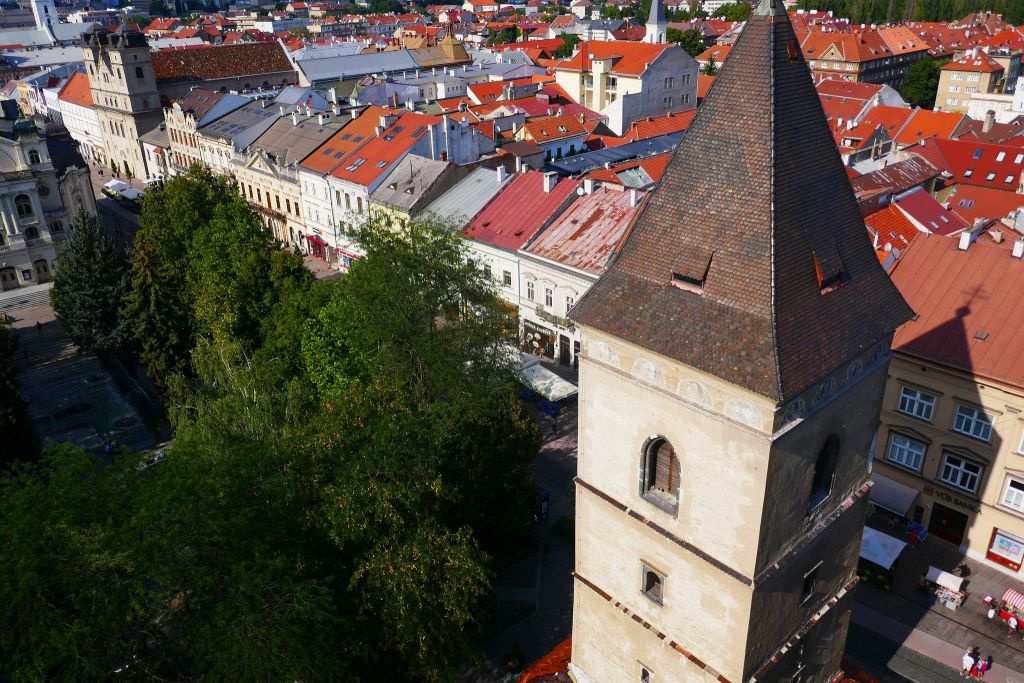
Wendy Werneth blogs at The Nomadic Vegan.
Riga, Latvia – 2014
Riga, the 2014 European Capital of Culture is one of the most beautiful and diverse cities in this region of the Baltics. You would think the city and country was very homogeneous, but you soon realize so many others have come through and called Riga home—from Poles, Finns, Germans, Swedes, Russians, other Baltic natives, and of course Latvians.
The area that Riga rests on has been settled since at least the 2nd Century CE, and the various peoples and cultures that have come through have left their mark on the city. The city has a long history as a merchant city, and many of the buildings were built in response to this history. The architecture of the city is quite astounding, and one of the most noticeable things when you visit the city. There are many churches and historical sites to visit, such as Riga Cathedral or the House of the Blackheads, the latter being a meeting hall of high class merchants in the city.
Additionally, visitors in the city would do well to learn about the history of Riga through the various foreign occupations such as the one from the 1940s – 1991 when Germany and the Soviets controlled Riga. However, even with the occupation, local culture and food were able to stay strong and have seen a resurgence in more recent years. Of course, the food is one of the best reasons for travel, and the hearty meals of the Baltics and Latvia in general are worth sampling in the city. The city has such a diverse level of restaurants from small cheap cafes to fine dining establishments.
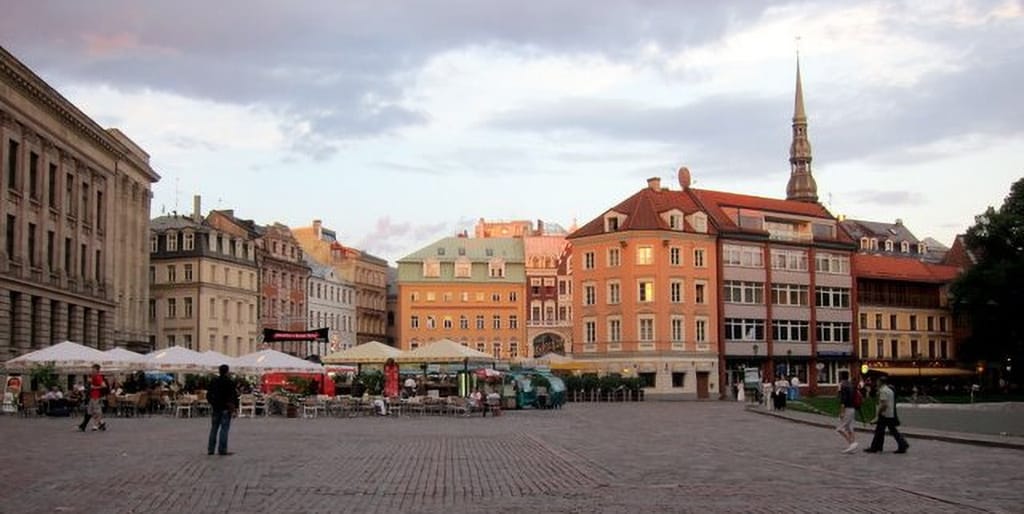
Anwar blogs at Beyond My Front Door.
Umeå, Sweden – 2014
In the Gulf of Bothnia, at the mouth of the Ume River, and about 600 km from Stockholm and 400 km from the Arctic Circle, we can find the edgy, active and intellectual Swedish city of Umeå, which on the other hand is also the capital of the Swedish county of Vasterbotten.
Umeå is a university city known for its educational institutions, its university and its large student population among other things, which in 2014 was named European Capital of Culture along with Riga.
Inhabited from the beginning by the Sami culture, from the 14th century it received Scandinavian settlers who established a town – the origin of the current city – and began to trade with the Sami; what brought an important development until the city was declared as such in the 16th century.
Being so far north it has only two seasons: summer and winter. During the summer, many festivals (the most important of heavy metal and jazz) take place there. Its coast is perfect for kayaking and many adventure to the nearby beaches.
On the other hand, in winter visitors can enjoy other northern European typical experiences such as dog sledding, skiing, snowmobiling, and if you are lucky, witness aurora borealis.
In addition to the incredible Sami culture, Umea offers visitors many other museums where to approach this land so unknown. From skiing to guitars, there’s something for everyone!
We had the great fortune of attending the City of Culture opening ceremony five years ago, which was held in January and we strongly recommend that you visit Umea during this time. We promise you it’s a very unique destination!
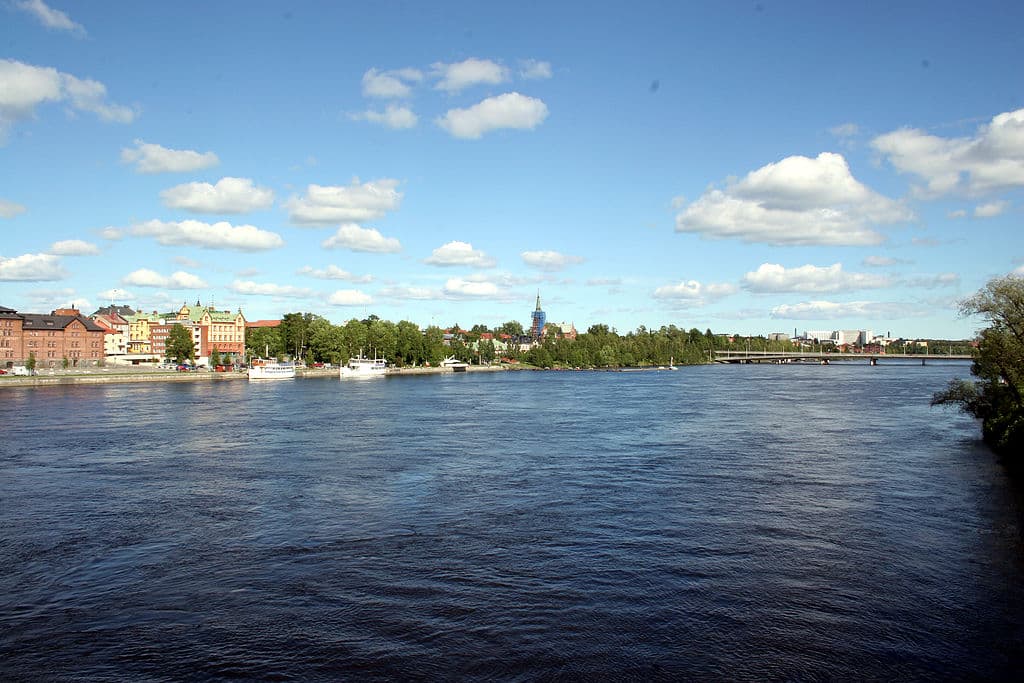
Inma blogs at A World Travel.
Mons, Belgium – 2015
Mons was the European Capital of Culture in 2015. It’s situated in Wallonia, the French-speaking half of Belgium. This rather small town with 100,000 inhabitants is probably the most picturesque town in Wallonia, although somewhat overshadowed by the famous cities of Flanders such as Bruges, Ghent or Antwerp.
Mons is often referred to as the technological center of the area, so it’s not surprising that already the opening ceremony was dedicated to the subject of “technology meets culture” with a fascinating light show. There were several issues in the focus of the year being the Cultural Capital of Europe, but Van Gogh was probably the main protagonist. The famous Dutch painter lived for some time in the industrial area called Borinage near the town. You could visit the area in guided tours and also check out the fantastic temporary collection of the artist’s paintings from that period. The museum also included an interactive room where you could become part of one of Van Gogh’s most famous paintings, “The Bedroom”.
Apart from visiting the main highlights of Mons, such as the Gran Place (a small version of the precious square in Brussels), the Belfroi (a beautiful church tower) or the Sainte Waidru Collegiate Church (a wonderful gothic cathedral), walking the streets was also a great opportunity to find all kinds of different street art objects.
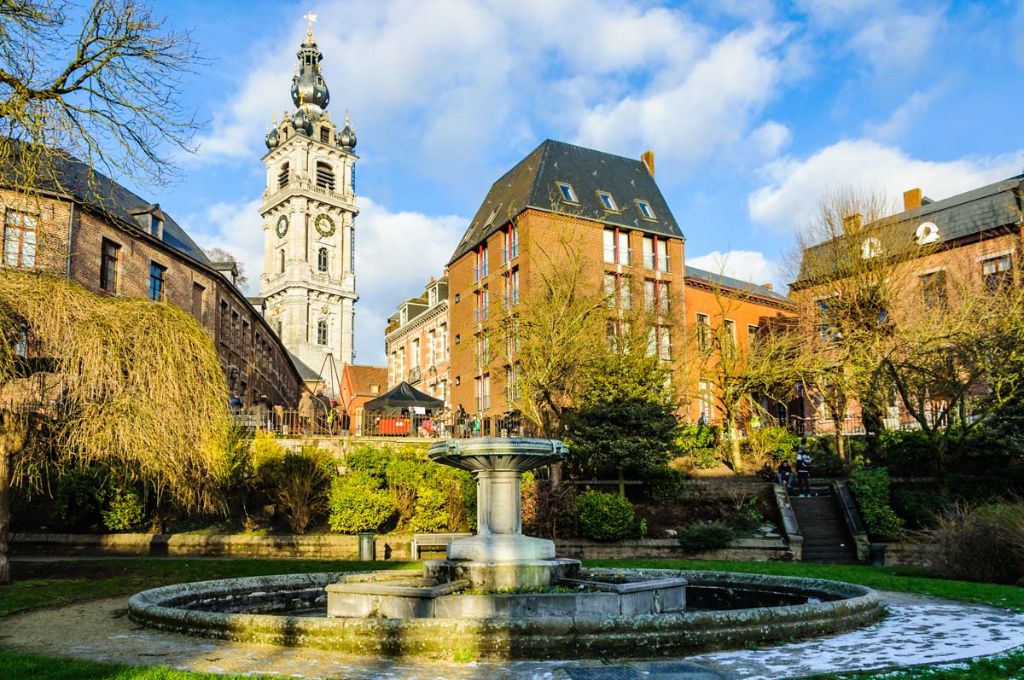
Gábor Kovács blogs at Surfing the Planet.
Plzeň, Czech Republic – 2015
Being chosen as a European Capital of Culture had an amazing effect on Pilsen. Like most cities and areas of the Czech Republicat the beginning of the twenty first century, parts of the city were dilapidated and in serious need of some lovin’. Now the city is vibrant and alive with cultural experiences and stands as a real model of Czech architecture, design, and art. One of the cultural leaders in the city is the Pilsner Urquell brewery.
Any trip to the city, and indeed any trip to the Czech Republic, wouldn’t be complete without a visit to these hallowed grounds where one of the first modern day pilsner beers originated in the early 1800s. Besides having the chance to drink the original, unfiltered beer direct from the original wooden barrels, visitors shouldn’t be surprised to find a real party atmosphere on the brewery grounds. Concerts, festivals, and even antique car shows are on tap all through the summer.
For those truly in love with the amber nectar, a visit to the Purkmistr brewery on the outskirts of Pilsen is also a must. You’ll soak away the cares and wear of the day in a supersized wooden tub of hot water mixed with beer mash and blueberries. This incredible treatment does wondrous things for the skin and, with all the beer you can drink right on tap next to the tub, you’re sure to forget all of your worries. Trust us, there’s much more to Pilsen than beer, but don’t make the mistake of skipping the iconic Pilsner Brewery or maybe even taking a bath at Purkmistr!
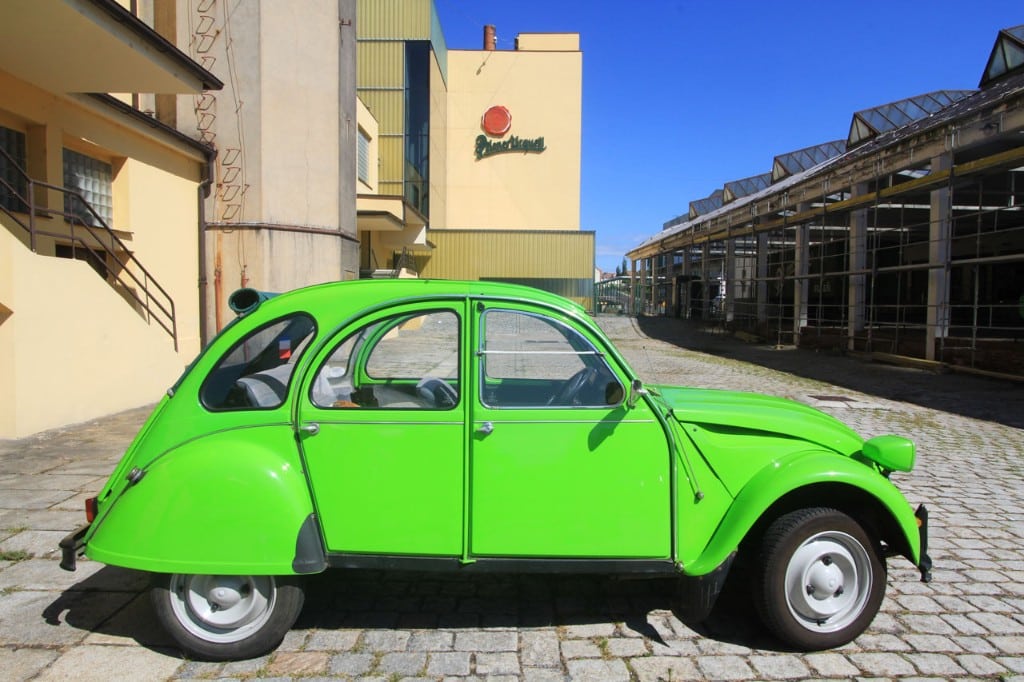
Jim and Corinne Vail blog at Reflections En Route.
San Sebastián, Spain – 2016
San Sebastian was declared the European Culture of Capital in 2016. Its rich history as a monastery turned military stronghold, and later a port and seaside town, provides the city with a rich cultural heritage that resonates across the Basque country today. Also known by the Basque name Donostia, San Sebastian can easily be considered the most beautiful city in Spain by many, as its majestic beaches, green hills and mountains, people and amazing food are among the most memorable of any city in Europe. San Sebastian’s culture is apparent in its love of beaches, food and people.
San Sebastian became a destination for royals looking to escape the basking summer heat. With its fast growth as a perfect seaside destination, the city’s architecture and beaches became an enigmatic destination for Spaniards and soon, tourists began to notice the beauty of the city. Annuals crowds are drawn to San Sebastian’s annual Film Festival, which remains one of the most respected in the world, bringing world class actors and directors to its seaside resorts.
Cuisine in San Sebastian is among the best in Spain, with Pintxos and paellas available everywhere in the city. The people of San Sebastian are welcoming and engaging with all those who visit. Locals are more than willing to serve their tapas to eager tourists while providing entertainment, laughter and stories to their new friends.
A walk around San Sebastian will showcase the city’s daily life of rich culture. The gothic cathedral, the numerous lush green parks as well as multiple music venues all provide a glimpse into San Sebastian’s beauty and heritage for anyone who chooses to visit one of the most gorgeous cities in Spain.
Where to stay in San Sebastian.
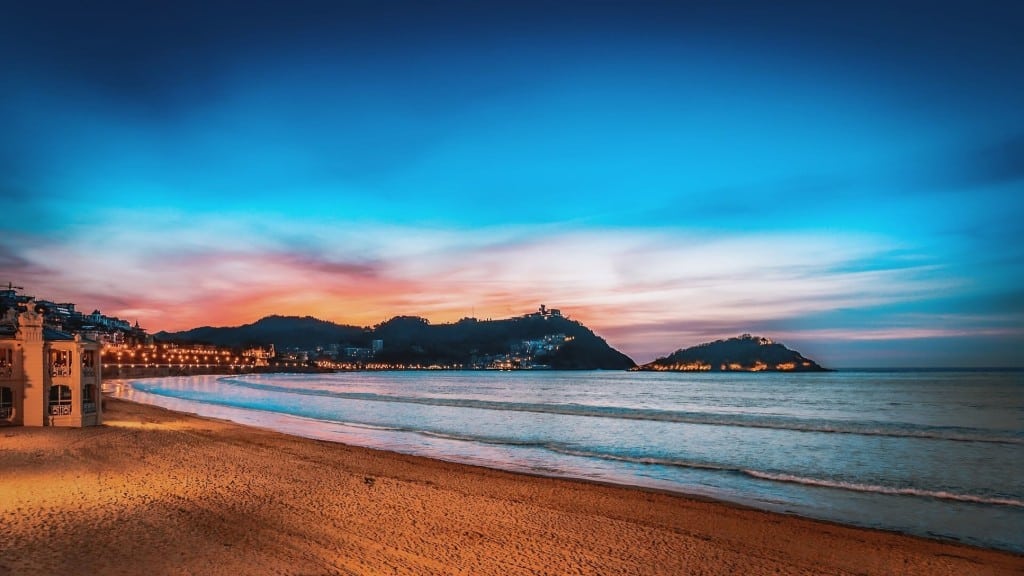
Diana blogs at The Elusive Family.
Wrocław, Poland – 2016
A couple years ago, many people wouldn’t even have heard of Wroclaw, one of Poland’s most beautiful cities. It has all changed recently, as the city was named European Capital of Culture in 2016 and Europe’s Best Destination in 2019.
Located in the Silesia region, the city has been through a turbulent past. It was part of various different kingdoms, and it has been part of Poland since 1945, after the end of the Second World War. At the beginning of the war, the city was a haven for refugees, but after the Siege of Breslau (the city’s name in German), most of it was completely destroyed. Since then, the city has been reconstructed and is an example of prime architecture in Europe.
The motto for the city during its Capital of Culture year in 2016 was “Spaces of Beauty” – and the focus was on celebrating the city’s beauty and its history of transformation. This transformation has made Wroclaw an incredibly attractive city, with culture being celebrated in every corner. There are Museums all around the city, with topics suitable for every type of visitor. The year of 2016 saw the inauguration of many different spaces of culture in the city, most notably The National Forum of Music, and The Four Domes Pavilion (which underwent a significant renovation after decades closed). The city in itself is an open-air museum, from the Town Hall, an example of Gothic-Renaissance architecture, to the Ostrów Tumski (or Cathedral Island) an architectural gem of the early Middle Ages in Europe.
There are many things that make Wroclaw unique, but the ongoing celebration of culture that is accessible for everyone is what makes it so special.
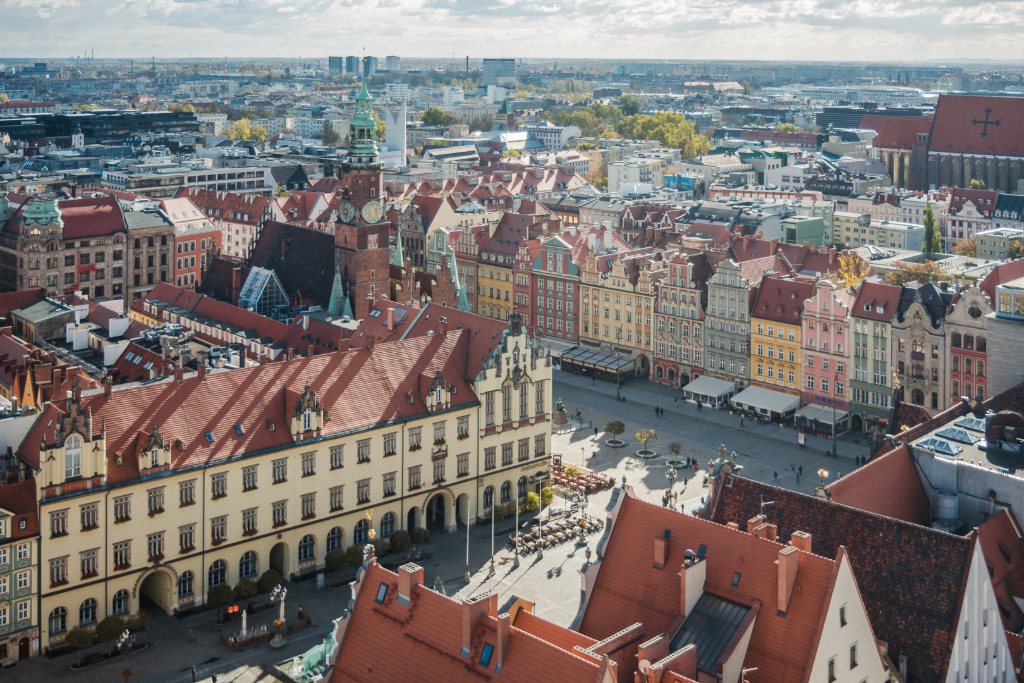
Rui and Maria blog at Two Find a Way.
Aarhus, Denmark – 2017
Recently named by Lonely Planet as one of 10 European destinations you should see and as one of the European Capitals of Culture in 2017, modern day Aarhus is full of energy, diversity, and culture. But it began as one of the oldest cities in Denmark as a fortified Viking settlement founded in the 8th century. Its center was once a pagan burial site until Holy Trinity Church, Aarhus’s first church, was built on top of the burial site around 900.
The area around Aarhus is home to one of the largest concentrations of attractions in Denmark, from the Jelling Rune Stones, a UNESCO World Heritage Site, to museums of both modern art (ARoS) and ancient Viking history (Moesgaard Museum). And if you want to take a walk back in time, you must see Den Gamle By (The Old Town). It is here where you can interact with people dressed, working, and acting just like they did in days gone by. Aarhus is also home to the summer residence of HM The Queen, Marselisborg Palace, which was built at the start of the 1900s. When she is in residence, you can see the changing of the guards every day at noon.
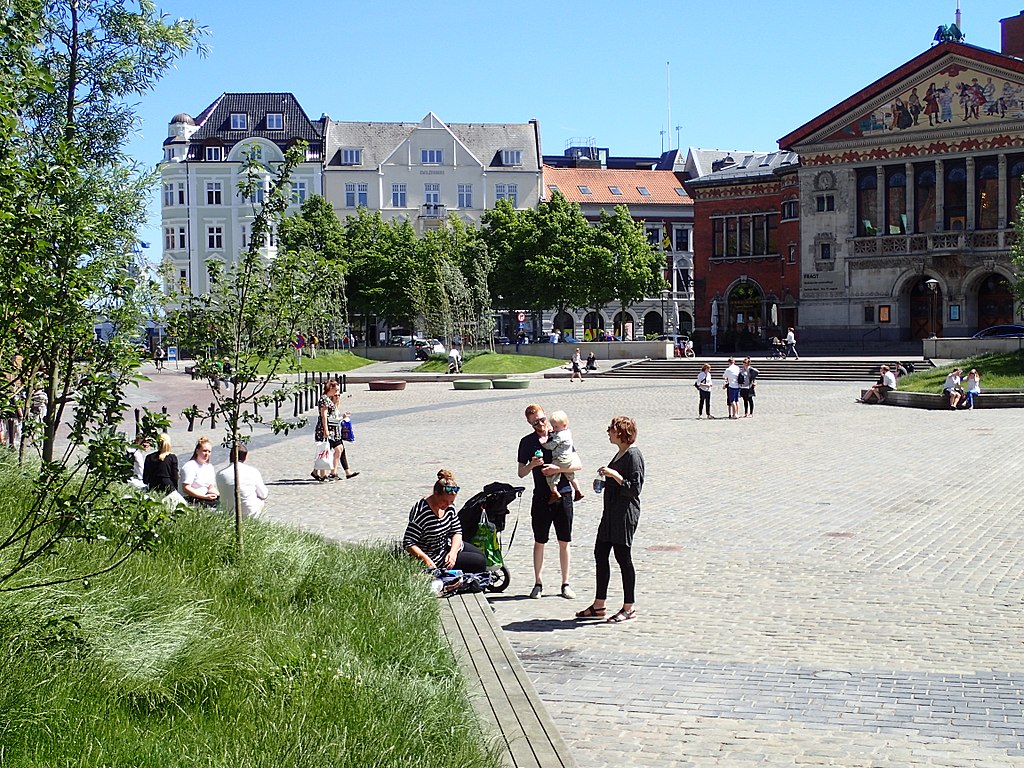
Paphos, Cyprus – 2017
After hundreds and hundreds of years being just a spec on a world map, Paphos climbed back into the lenses of European attention during the second decade of the 21st century. Deservedly so. After all, its history began at the twilight of the Stone Age. This admirable achievement pales in comparison to Paphos fame during Greek times. According to Hellenic legends, Aphrodite, the goddess of love and beauty, was born nearby. She loved to frolic in the hills that since became known as Aphrodite Hills. Her devoted worshipers built a temple in the 12th century BCE. The mosaics of Nea Paphos (aka New Paphos) are among the most beautiful in the world. Greek and Roman splendor are long gone. Thousand years of neglect reduced Paphos to a quaint seaside town.
A bit shabby and in desperate need of revival, Paphos sought the European capital of culture nomination. Miracles do happen, so it served as one of the cultural capitals in 2017. This honor conjured a platform for the creative development and cultural revitalization of Paphos. It enabled the city’s urban regeneration and raised Paphos image as a tourist destination.
Comparing how the city looked “before” and “after” proves that it was the right step. The old town went through a total makeover. The improvement started with such mundane tasks as streets paving and creating sidewalks. Then, various public art and street art initiatives transformed the city into the open air gallery. The ancient ruins were cleverly combined with the new installations. Thus, even years after Paphos passed on the baton of the European capital of culture, the lasting legacy remained.
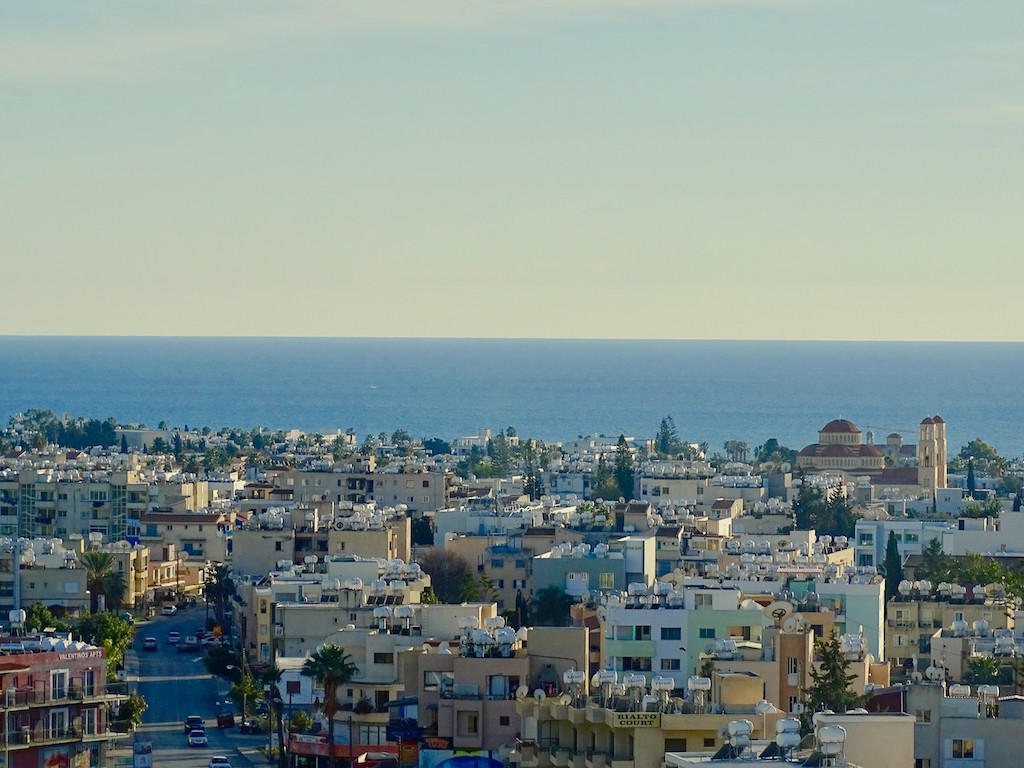
Elena Tchijov blogs at Traveling Bytes.
Leeuwarden, Netherlands – 2018
Leeuwarden is the capital of Friesland, one of the provinces in the Netherlands. This is a unique province, because Friesland even has its own language. It is not a dialect or accent, but an official language. Not many people live in this part of the Netherlands if you compare it to the middle of the country, which gives it a small-town charm.
It might not sound as a European Capital of Culture after this small description, but you can actually enjoy yourself and see a lot of culture. Start to get to know the city with a city walk. Learn about the history and maybe even about the famous double spy Mata Hari. Leeuwarden has all of the canals you can see in Amsterdam, but a bit smaller and without all the tourists.
After, you can visit one of the interesting museums. The most famous is the recently renovated Fries Museum, with changing exhibitions. Or what about the curious museums of ceramics, Princessehof? Climb the tower Oldenhove and visit the old prison Blokhuispoort. And after all of the cultural exploring, you can have a rest in one of the many nice cafés.
Done with the small capital of culture? You might want to add one of neighbouring cities. When it gets cold enough and all water freezes, the whole province of Friesland organises a famous ice-skating event: the Elfstedentocht. People travel almost 200 kilometers and pass many small towns in Friesland. Any of those is worth a visit as a day trip from Leeuwarden.
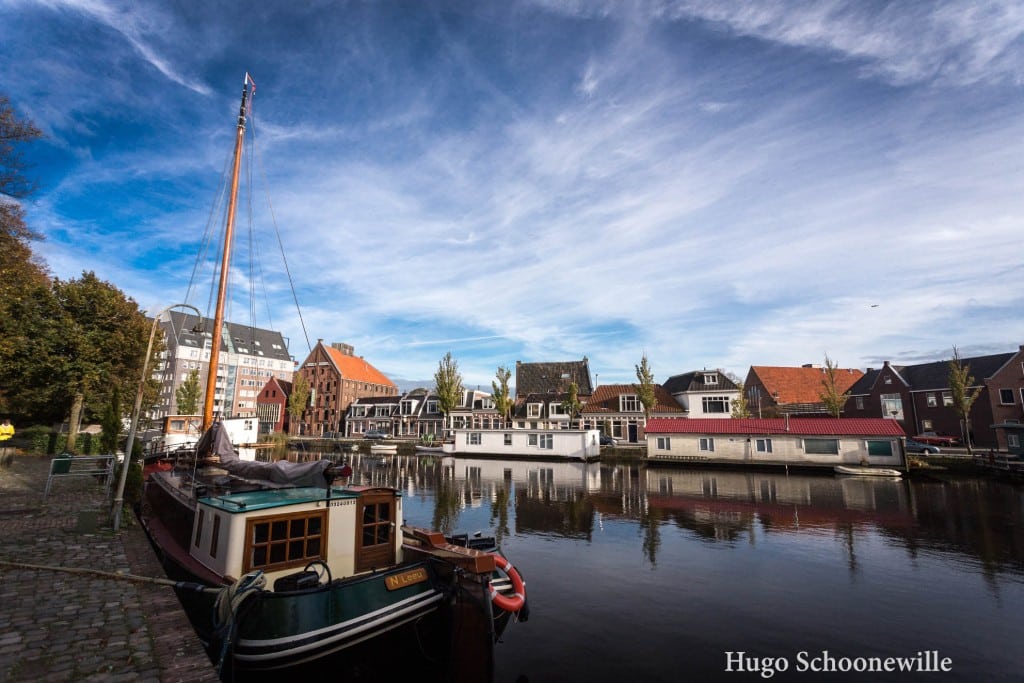
Manouk blogs at Groetjes uit Verweggistan.
Valletta, Malta – 2018
Brimming with history and architectural gems, Valletta was crowned one of the European Capitals of Culture in 2018. The capital city of Malta is also a UNESCO World Heritage Site. Built by the Knights of St. John in the 16th century, this fortified city is home to several Baroque palaces and churches, including St. John’s Co-Cathedral, which houses the popular painting of the Beheading of St. John the Baptist by Caravaggio. However, what truly makes Valletta a cultural hub is the recent boom in artistic events, as well as the city’s thriving nightlife and food scene. In the last few years, small wine bars and cafes have been popping up across the city, and local theatres have become a playground for emerging artists.
While during the day the streets of Valletta are packed with tourists and shoppers, at night the city is completely transformed. The tiny cosy bars lining the streets become a live music venue and a place for locals to catch up over a bottle of wine or indulge in top-class cuisine. Concerts, plays and other performances grace the stage at Teatru Manoel, one of the oldest theatres in Europe. In other words, the city comes alive.
Valletta is the perfect city for any type of traveller: the photographer, the artist, the musician, the foodie, the history buff and just anyone with a creative streak.
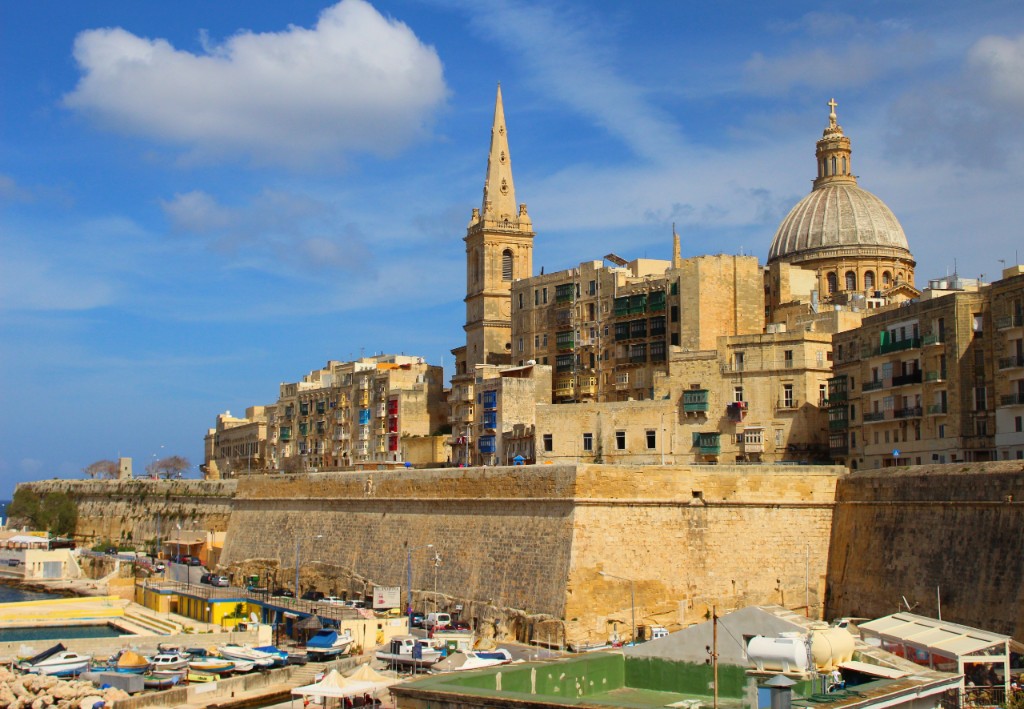
Daniela Frendo blogs at Grumpy Camel.
Matera, Italy – 2019
The mystical city of Matera is the capital of Matera Province in the Basilicata region of southern Italy. The city has lived a thousand lives, all of them in caves. Inhabited since the Paleolithic, the city is so surreal that it has been the setting for many movies including Mel Gibson’s the Passion of Christ, the most recent Ben Hur and many others.
Perched on a mountain top, Matera is a network of caves where people live their lives, eating, shopping, sleeping, praying…all in caves. There is even an underground museum with beautiful statues representing dancers and people looking longingly into the distance. How sad these statues exist only underground and will never see daylight.
The caves are connected by networks of alleyways and steps circling the mountain, sometimes opening to a wide plaza, sometimes penetrating the mountain’s bowels and reemerging on a precipice on the mountainside.
Matera is known as “La Citta Sotterranea” (the underground city) and is a UNESCO World Heritage Site carved straight out of a mountain. The city is unusual, bizarre, otherworldly, a wild and mystical dream Salvador Dali and Hieronymus Bosch could have had.
In the midst of all the artistic splendor of southern Italy, this town stands out as truly unique.
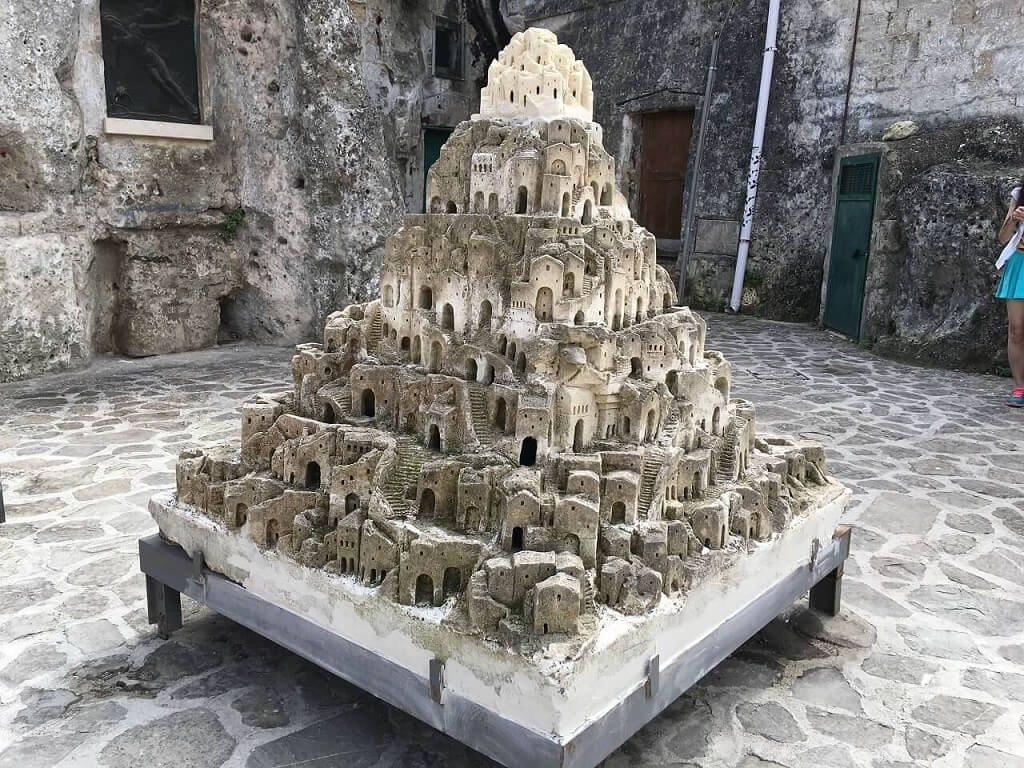
Talek blogs at Travels with Talek.
Plovdiv, Bulgaria – 2019
Named Europe’s Capital of Culture for 2019, Plovdiv is the second largest city in Bulgaria. It has also been said to be one of the oldest cities in Europe, with evidence of habitation dating back to the 6th century BCE. Plovdiv has been occupied by many different empires throughout history, hence its historical archeological and cultural diversity. Also known as The City of the Seven Hills, Plovdiv is home to many ancient ruins like the Roman theatre, the Roman Stadium, a Roman odeon, the archeological complex Eirene, and more.
The beautiful Old Town is a very distinguishable feature of Plovdiv. It is located on three of the city’s hills and combines the culture and architecture from Antiquity, the Middle ages and the Bulgarian revival times. You will find many colourful houses tucked very closely to each other on the narrow cobblestone streets. This is what makes this part of the city unique, as it represents the architecture from centuries ago and gives you a real taste of old Bulgaria. The Old Town has been included in the UNESCO World Heritage tentative list in 2004.
Apart from the Old Town, another must-see place is the ancient Roman theatre. Constructed around 100 AD, this is one of the best-preserved ancient theatres in the world. Its capacity goes up to 7000 spectators and concerts are still being held there on a regular basis.
Plovdiv has so much more to offer, especially throughout 2019, so why not start planning now!?
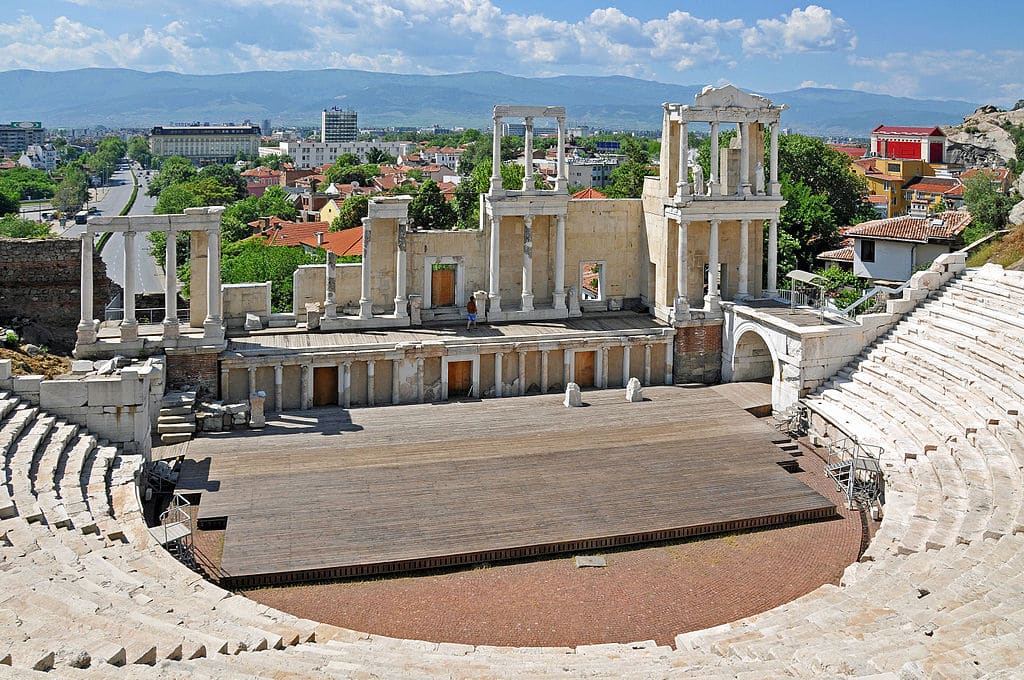
Lyubomira blogs at Bulgarian on the Go.
If you like this post, be sure to check out all three parts:
- Exploring the European Capitals of Culture – Part 1
- European Capitals of Culture – Part 2
- European Capitals of Culture – Part 3
Which of these European Capitals of Culture is your favorite?
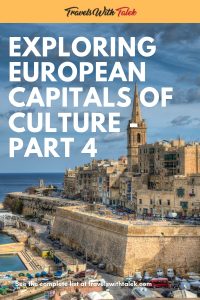
BTW, if you are getting ready for your trip, make sure to take advantage of these useful, money-saving links to book your trip:
- Research and book your flight with Skyscanner. I have found them to be the best because they list all airlines including the budget ones. You are always sure of having researched all options.
- For car rental around the world, Discover Cars has flexible pickup and drop-off options, I recommend Discover Cars.
- Book your accommodation with Booking.com. I find they have a wide selection and a nice, user-friendly, transparent website.
- Protect your trip and, more importantly, protect yourself with travel insurance. I use Travelinsurance.com and have been very happy with them.
- Looking for a small group tour to unforgettable destinations with top professionals? Intrepid Travel is your choice.
- For more general tours to any destination or attraction, book with Viator. Check them out.
- Need a visa? Get your visa for all countries with Passport Visa Express.
- Looking for a cool walking tour to explore a city? My favorite walking tours are offered by Take Walks.
- Food and drink tours are the best way to enjoy a city. And Devour Tours are my favorite.
- Looking for a good VPN to protect your security, privacy and freedom online while traveling? Nordvpn is your best option.
- The best and most economical way to stay connected while traveling is with an Airalo eSIM.
I personally use, and can recommend, all the companies listed here and elsewhere on my blog. By booking through these sites, the small commission we earn – at no cost to you – helps us maintain this site so we can continue to offer our readers valuable travel tips and advice.

